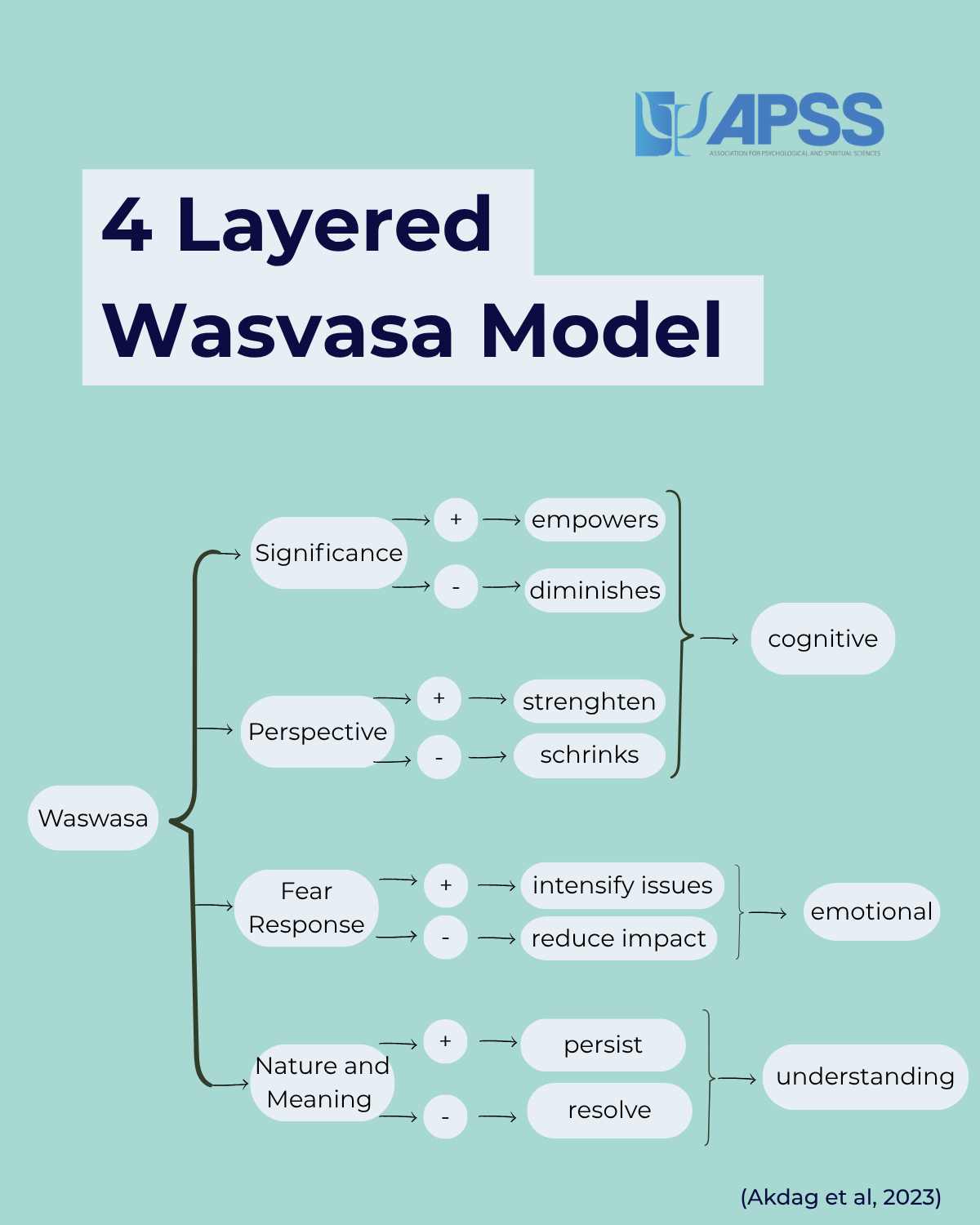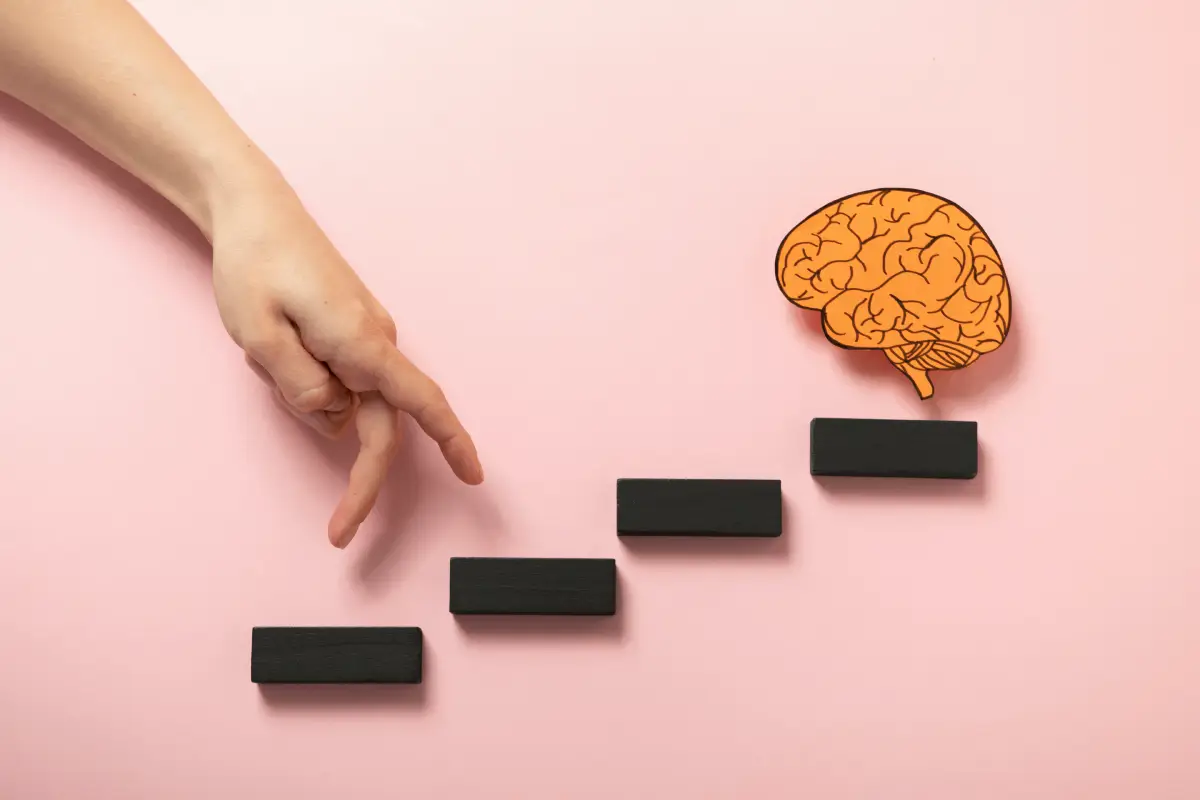Many of us are familiar with that nagging feeling: Did I unplug the iron? Are the stove burners off? Did I lock the windows? Occasionally double-checking these things is perfectly normal—even healthy. However, when these thoughts persist despite certainty, or begin to intrude even after leaving the house, they may reflect a deeper psychological phenomenon: obsessive intrusive thoughts, known in Islamic and Turkish cultural contexts as “waswasa”.
Waswasa refers to unwarranted doubts, persistent suspicions, and repetitive, intrusive thoughts that often lack basis in reality. Left unchecked, they can lead to increased anxiety, time-consuming rituals, and distress. Below is a four-step cognitive-behavioral framework for understanding and managing waswasa:
-
Significance
The more importance you attach to a waswasa-related thought, the more power it gains. Conversely, as you diminish its significance, the thought loses its grip. The key is to observe the thought without assigning it undue weight.
-
Perspective
Seeing the intrusive thought as overwhelming or “larger than yourself” gives it strength. If you approach it with the mindset that it is temporary, weak, and manageable, it tends to shrink. Your internal interpretation plays a critical role in how much space the thought occupies.
-
Fear Response
When fear becomes associated with the intrusive thought, it may intensify and lead to emotional exhaustion or even health issues. A conscious effort to reduce fear—through exposure, mindfulness, or therapeutic strategies—can help reduce the thought’s impact.
-
Nature and Meaning
Understanding the root and function of the intrusive thought is essential. Without insight into why it arises, it may persist or worsen. Clarifying its nature—whether through self-reflection, journaling, or therapy—can lead to resolution. Keeping track of when and in what context these thoughts occur helps uncover patterns and triggers.
Overcoming Waswasa
Recovery lies in how we relate to these thoughts, rather than in eliminating them entirely. According to the “Four-Layer Waswasa Model,” individuals play an active role in classifying these thoughts internally—as either minor or major, significant or irrelevant. This cognitive positioning helps reduce their impact.
Why Is This Model Helpful?
This approach shifts the individual from a passive, victim-like mindset to an active, empowered role in managing their thoughts. The goal is not to deny the intrusive thought’s existence, but to minimize its influence by perceiving it as small, fleeting, and ultimately manageable.
A Note on Individual Differences
As in tailoring, one size does not fit all in psychology. If these methods do not fully alleviate your struggles, seeking support from a qualified therapist is strongly recommended. Professional guidance can help you adapt strategies suited to your unique psychological makeup and life context.
Here you can see how each layer interacts with waswasa.

Writers: Muhammed Akdağ, Sueda Gül, Şükran Salık & İsmail Yavaş.
Source: Akdağ, M. M., Gül, S., Salık, Ş., & Yavaş, İ. (2023). Surah Felak & Nas: Interdisciplinary Analysis on Qur’an – 2. Zinde Reklam Yayıncılık.
Editor: Beyza Aydin





